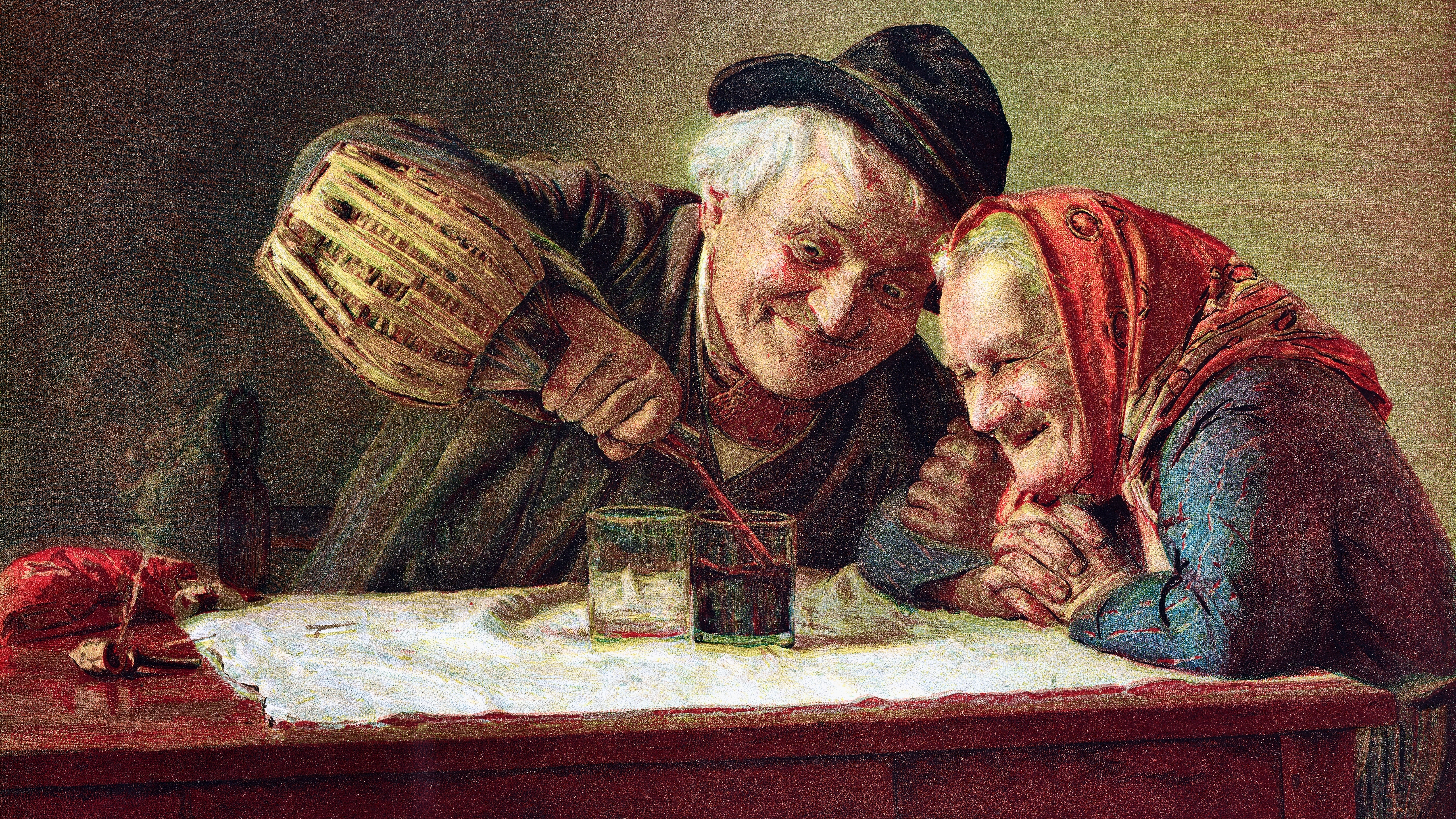Okay, Fine: Study Claims Key To Living Past 90 Is A Couple Of Drinks A Day
Good news, everyone! Not sure what your thoughts are about living on this planet for several decades, although hopefully scientific advances will eventually make life as a 93-year-old as comfortable as it once was for a 63-year-old. Helping along on this comfort level is the new revelation that "the key to reaching past the age of 90 could all come down to drinking a couple of glasses of alcohol a night and putting on a few extra pounds," according to a new study reported on at The Independent. Hey, we're good at both of those things!
This is all according to University Of California neurologist Dr. Claudia Kawas, who spoke at the recent American Association For The Advancement Of Science annual conference in Austin. Over the course of a 15-year project, she and her team studied 1,700 nonagenarians.
They discovered that those who consumed approximately two glasses of beer or wine a day were 18 percent less likely to experience a premature death. Furthermore, those who were slightly overweight, although not obese, were recorded as having a 3 percent reduced chance of an early death. "I have no explanation for it, but I do firmly believe that modest drinking improves longevity," Dr. Kawas stated at the conference.
While this is all excellent news, unsurprisingly the study also found that heart- and mind-healthy habits like exercise and having a hobby also positively affected longevity. These ninetysomething powerhouses are known as "superagers," and we are totally ready to sign up to try to become one of those people, focusing on our two drinks a day and our slight overweightness. Okay, we'll try to pick up a hobby as well.
